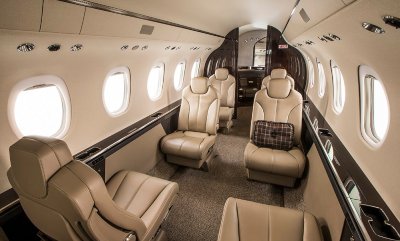Pratt & Whitney Canada: The power beneath our wings
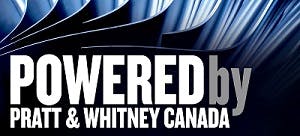
During June 2017, we’re offering up to £800 off flights on aircraft powered by a Pratt & Whitney Canada (P&WC) turbofan engine.
As a world-leading engine manufacturer, this discount applies to around 60% of our flights – in popular jets such as the Citation Mustang, Citation XLS, Falcon 7X or Hawker 4000.
This is a first-of-its-kind industry collaboration and I spoke to Pratt & Whitney Canada’s General Manager of Aftermarket Commercialization, Geoffrey Corbeil, to find out more about P&WC engines, and why they’re reaching out in this way to PrivateFly’s customers.
Find out more about our Pratt & Whitney Canada discount promotion or speak to PrivateFly’s expert Flight Team for advice and pricing on any global itinerary.
Geoffrey, can you tell us about your role at P&WC and how long you’ve been with the business?
Aftermarket commercialization is all about creating and employing market strategies, to make sure we meet customer expectations. My team and I are focused on listening to what our customers want, and how we can adapt our services accordingly.
I have a fantastic team, based in Montreal, who come from a range of backgrounds including engineering, business, economics and marketing. I’ve been with Pratt for over 20 years, and my roles have mainly been focused on our aftermarket in different functions – from component repairs to engine leasing and sales (both used & new). I also led our sales and customer service joint venture for Europe, the middle East and Africa for a few years.
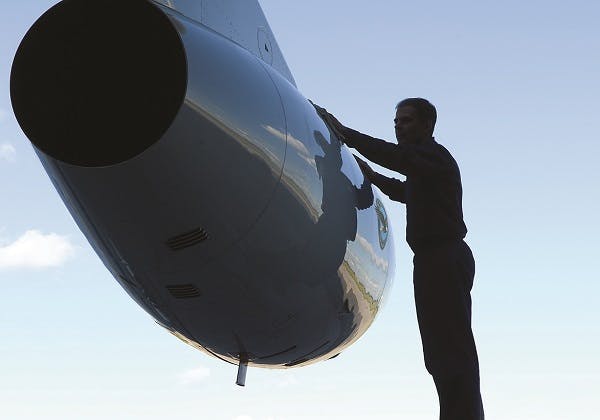
Why are P&WC working with PrivateFly for this promotion?
There is a trend whereby the buying behaviour of the business aircraft users continues to move – it is more and more about user experience and availability and less about full aircraft ownership. This is not new. We have been actively involved from the onset.
This trend really started with the development of business jet fractional ownership which goes back more than 15 years. With the development of online booking platforms, this trend is continuing to evolve and P&WC wants to be part of this movement. Our role is to increase the charter user’s understanding of our engines and the benefits they bring.
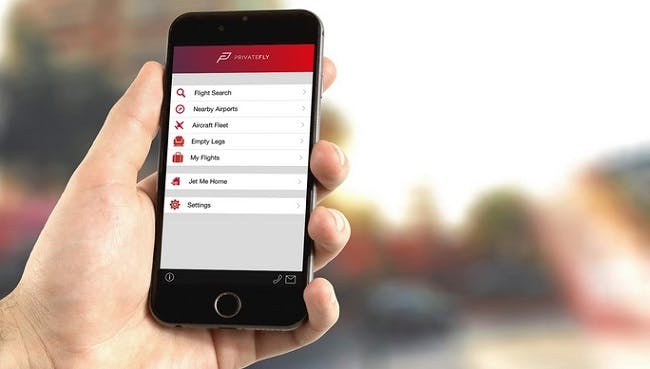
Business is based on relationships, and I’d met you Adam on many occasions at industry events and gatherings. That cemented the idea of us working together with PrivateFly. We’re very excited to be part of this innovative experiment, and to trial a new way of interacting with charter end users.
Which are your most popular types of turbofan engine for business jets, and which aircraft do they power?
It’s been 40 years since we launched our first business jet engines – and we now offer a broad range of engines that deliver between 900 and 20,000 pounds of thrust and are suitable for many different sizes and types of business jet.
The JT15D engine family, powering aircraft such as Cessna’s Citation I and II.
Our PW500 engine family was used for the next generation of Citations. This class of engine is now used in some of the most popular medium jets such as the Citation XLS+ and Embraer Phenom 300.
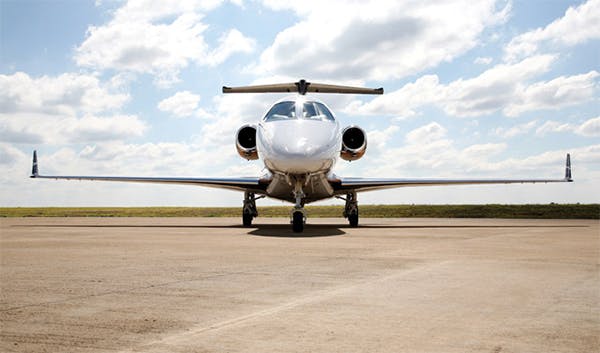
The PW300 family powers bigger midsize and long range jets, such as the Learjet 60, Gulfstream 200 and Dassault’s Falcon 2000 and Falcon 8X.
Our compact, fuel efficient, clean and very cost effective PW600 family is a popular engine for very light jets, such as Cessna’s Citation Mustang, and Embraer’s Phenom 100.
And our newest business jet engine, the PW800 is our biggest business jet engine and our most innovative yet – set to enter service later this year in Gulfstream’s new G500 and G600.
What specific benefits do charter customers get from choosing a P&WC engine?
While many passengers may not think too much about the engine, we’d like to change that!
An aircraft engine has an incredibly important part to play in the passenger experience. From noise levels to vibration, it has a key impact on cabin comfort. Then there’s the aircraft’s reliability and performance, fuel burn and emission levels – all of which are factored into the charter price.
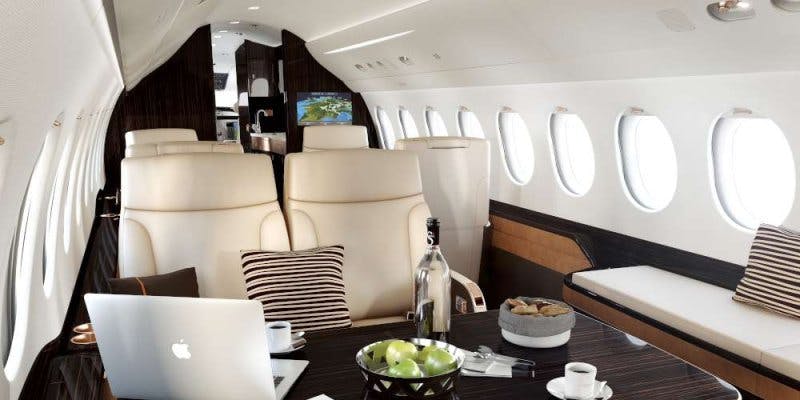
At P&WC we lead the way in these qualities, producing engines that are reliable, dependable and provide the best possible passenger experience.
In May P&WC celebrated production of your 100,000th engine – congratulations! What do you think are the key reasons for your longevity in the market?
Yes 100,000 is a big number! And it represents a lot of hard work, from many people in our many different engine markets, and in over 200 countries.
Over the years, I think Pratt & Whitney Canada has made sustained efforts to stay current, by listening to what our customers need and putting them first. We don’t take our position in the market for granted and our customer base definitely keeps us on our toes. We’ve always tried to be open and liberal in our customer touchpoints.
It doesn’t stop here! We’re continuing to grow, investing $400 million a year in research and development, and are always focusing on the next generation of engines.
But at the same time our existing ones are going strong. Over 60,000 of the 100,000 engines we’ve produced, are still operational today. Our engines are built to last.
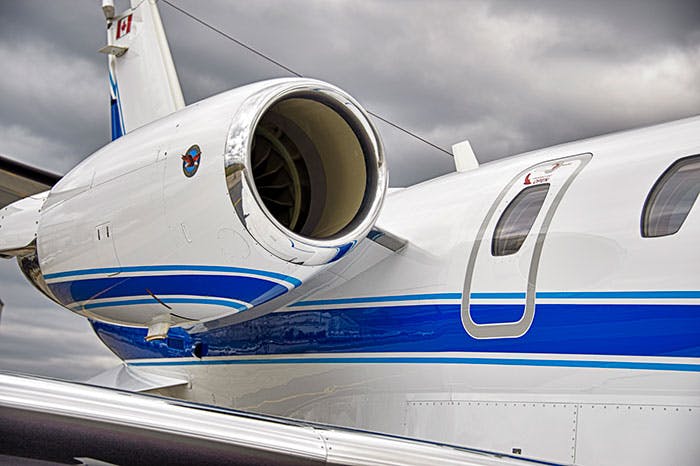
Can you tell us a bit about how new engines are tested and existing ones maintained?
Nothing is more important to us than reliability and safety and we operate in a highly-regulated environment, as you would rightly expect.
The certification process for a new engine is a highly-specialised process, requiring skill sets that must be honed and refined over many years. No one else has the depth of experience of P&WC in this area. We’ve produced over 100 new engine models and each one’s journey will typically be many years long – from tech demonstrator to final certification.
Our new PW800 has been developed over a period of more than 10 years, with a significant investment in technology, time and resources behind it.
And of course maintenance is an integral part of our business. From our first PT6 turboprop engine (which is now 53 years old), we have never retired an engine variant and we’d expect engines to last for 40 or 50 years at least, with the right maintenance and support.
We are in there for the long run with a 100-strong field support team, 30 P&WC-owned and designated service facilities around the world, and a 24/7 expert support centre.
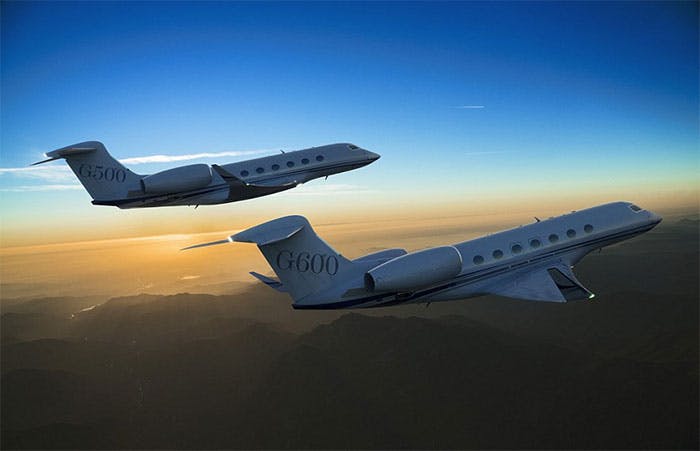
How do you incorporate manufacturer and end user feedback in your design process?
Our design program and investment cycle is based on hard trends – such as reducing noise and improving fuel consumption. Feedback from manufacturers and operators is a key part of that – as I mentioned before, we place a huge amount of focus on listening to what our markets need.
We have a very refined process for new development. Timing is key here, you have to hit the right timing in your investment cycle and phase things correctly.
Future developments such as supersonic, electric & flying car/VTOL concepts make lots of headlines. Are P&WC involved in any of these?
We’re keeping a very close eye on all of them!
Reducing energy consumption is the most immediate focus of these. Our parent company, United Technologies Corp. has a specific research centre focused on this area and we’re deeply involved in a number of industry-wide research projects.
Innovation in aviation is always incredibly exciting. But safety is paramount – so there are lots of hurdles. These types of big changes are not for tomorrow, but I’m hopeful we’ll see some of them in our lifetime.
Find out more about our Pratt & Whitney Canada discount promotion or speak to PrivateFly’s expert Flight Team for advice and pricing on any global itinerary.
Related content

How much luggage can I take on a private jet?

Our latest exclusive Jet Card event at Dom Pérignon Maison
